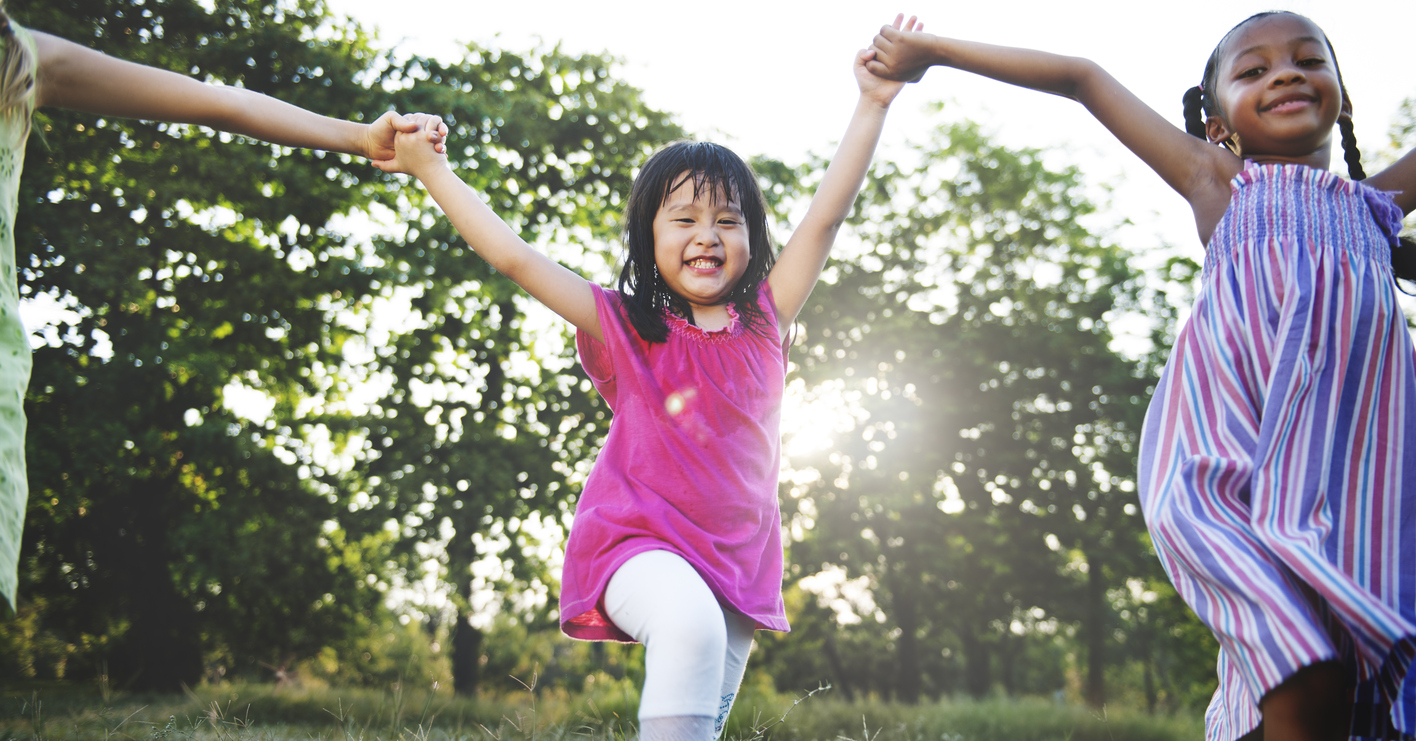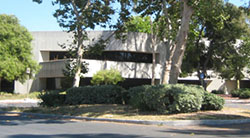
Summer is a great time for kids to enjoy the great outdoors alone or with family or friends. They get to rejuvenate the mind and body, become a little more active than during the school year, and reap the benefits of extended play and physical exercise.
With the sudden change in emphasis from indoors to outdoors, we can easily overlook the dangers that are lurking under the sun. We need to change our mindset from indoor safety to outdoor safety.
Exposure to the sun comes with many possible problems. The glare of the sun and rising temperatures can ruin the fun of summer. The remedies take us back inside and no one wants that on a beautiful summer day.
Almost all health organizations and many communities and parent organizations offer advice and tips on how to keep children safe from brilliant sunlight and searing heat.
Here are a few of their suggestions for a safe summer.
Sun Safety
KidsHealth is considered the most-visited site on the Internet for information about health, behavior, and development from before birth through the teen years.On a typical weekday, the site gets as many as a million visits. The site delivers health advice for kids, teens, their parents, and educators. It is part of The Nemours Foundation’s Center for Children’s Health Media.
The organization recognizes that children get the vitamin D they need through a healthy diet (and supplements if needed). Vitamin D helps us absorb calcium that is good for the bones. We also get vitamin D by being in the sun.
But while the sun helps kids get vitamin D, it also sends out strong ultraviolet (UV) rays that can cause skin damage, eye damage, immune system suppression, and skin cancer like melanoma.
Apply Sunscreen
Every child needs sun protection, especially those with light skin color. The American Academy of Dermatology (AAD) recommends that all children wear sunscreen with an SPF of 30 or higher. The sunscreen should be broad-spectrum (protects against both UVA and UVB rays). If children are near water, the sunscreen should be labeled water-resistant.
Seek Shade During the Day
The hottest part of the day in the northern hemisphere is usually 10 am to 4 pm. Children should try to stay in the shade for that part of the day. Even if the day is cloudy or cool, UV rays still reach the earth and can cause skin or eye damage.
Sun umbrellas or trees or the shade of buildings can help by becoming an oasis in the desert-like brilliance of the sun.
Cover Up Exposed Skin
Babies have thinner skin and underdeveloped melanin – the body chemical that absorbs UV rays. Their skin burns more easily. Babies under six months of age should actually be kept out of bright sun if possible. If the baby has to be in the sun, you can apply an SPF 15 sunscreen.
Children of all ages should wear enough clothes to cover the exposed parts of their bodies. Lighter, long-sleeved shirts and long pants may be needed for short times during the hotter times of the day. Baseball caps or wide-brimmed hats offer shade for the face.
Wear Sunglasses
Kids love to wear sunglasses with cartoon characters, superheroes, or multiple colors or designs that are just plain fun. Encourage them to pick out a pair. Sun exposure can damage the eye as well as the skin.
Sun exposure can cause burning of the outer area of the eye (cornea) or the precondition for later cataracts (clouding of the eye lens) that leads to blurred vision later on. Sunglasses also help children to see more clearly, reducing the sun’s glare and making it safer to get around.
Check Medicines
Some medicines (like acne medicines and antibiotics) react more to UV rays than others, making the skin more sensitive. Over-the-counter medicines and those prescribed by doctors should carry the label warning of sun exposure. Ask your child’s doctor what other precautions you should take if he or she is taking these medications.
Treating Sunburn
Sunburn can cause a great deal of pain after prolonged sun exposure. Children will feel a sense of heat and because their skin is dry, some will get chills, too. Applying cool, wet compresses to the area will help cool the skin and reduce the pain.
A cool bath will help, too, as will the application of aloe vera, a soothing gel that is available in most pharmacies. You can add an anti-inflammatory medicine like ibuprofen but consult with your child’s doctor on the safety of any medicine and ask for advice on what can reduce swelling and pain for your child.
If skin starts to peel, make sure your child does not scratch the area because infection can occur beneath the outer layer. If blisters occur, do not try to pop them because infection can occur here, too, as well as scarring. Call your doctor for advice.
You can apply a moisturizing cream to help with rehydrating the skin or hydrocortisone cream to help with pain. Don’t use petroleum-based products because they inhibit heat from escaping.
Be mindful of where you are and how the sun’s rays may be stronger. They reflect off water, sand, and snow. They are stronger near the equator and at higher elevations where the air is thinner. Being aware of the danger is the first step in avoiding it.
Heat Safety
The sun’s UV rays can cause enough harm to the skin and eyes. But extreme heat can cause children to become sick in many different ways. Children need protection from the heat as well as the glare of the sun.
Extreme heat can cause dehydration, heat exhaustion, heat cramps, or heat stroke. These are serious enough to consult with a doctor. Home remedies like keeping kids inside on hot days may help with one problem but may also cause another. Kids get anxious when they have to stay inside for prolonged periods.
In its advice to parents website, Healthychildren.org cites The American Academy of Pediatrics guidelines on how to protect kids from the dangers of summer heat.
Limiting sun exposure is important. Finding an air-conditioned space can provide relief from the heat. If you don’t have AC at home, plan to take your children to a library or other location that does have it. Find other ways to cool down like heading for a swimming pool or lake.
Children should stay hydrated by drinking water regularly. They should dress lightly in light-colored clothing. They should be given rest from time to time because they will feel tired.
Another big area of concern is hot cars. Never leave children unattended in a closed motor vehicle on a hot day. The temperature inside the car can quickly escalate to a much higher degree than outside, rising almost 20 degrees in 10 minutes. Child death from hot cars happens far too often.
Call your pediatrician if your child experiences symptoms like these:
- Feeling faint or tired.
- Having headache or fever.
- Having nausea or vomiting.
- Having muscle aches or spasms.
- Breathing much faster than normal.
- Feeling tingling or numbness.
Knowing how to protect your children from the sun,you and they can still enjoy summer the way it’s supposed to be. You can still have that “fun in the sun.” Just do it in moderation.






